African dance distinguishes it from all other dances, in contrast to all other dance traditions of the world. This suggests that a dancer's body is separated into multiple segmented parts that can react to the various musical rhythms rather than being thought of as a unitary unit.
African dances also depict life, its complexity and transient nature. These dances come in a variety of styles and portray many aspects of African culture. The various African dancing styles are listed below:
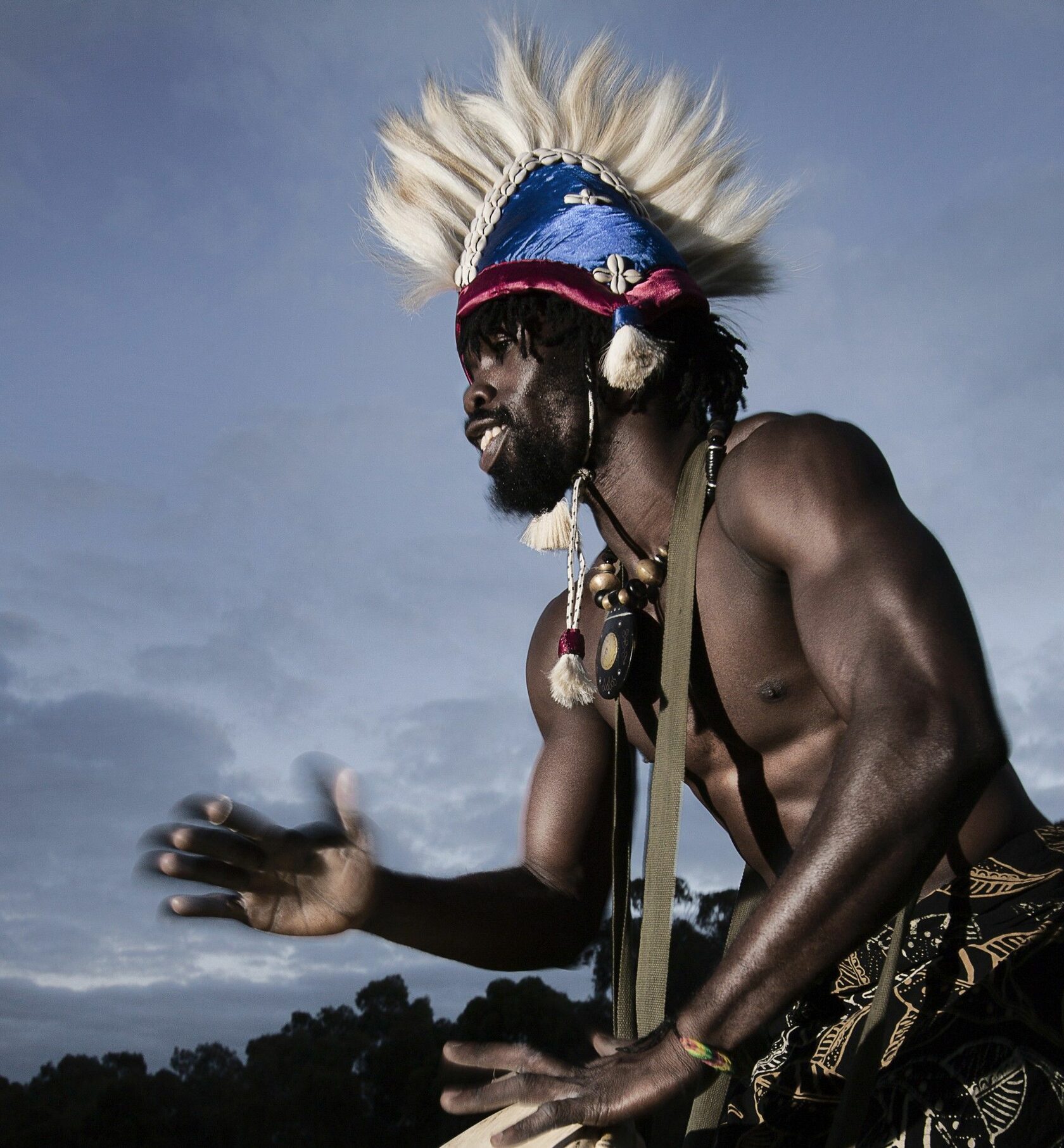
Warrior Dance
The Foh and Ewe people are also said to be the source of this dancing technique, which is also known as atamga. Soldiers that participated in the conflict are portrayed in warrior dances, which include stabbing motions.
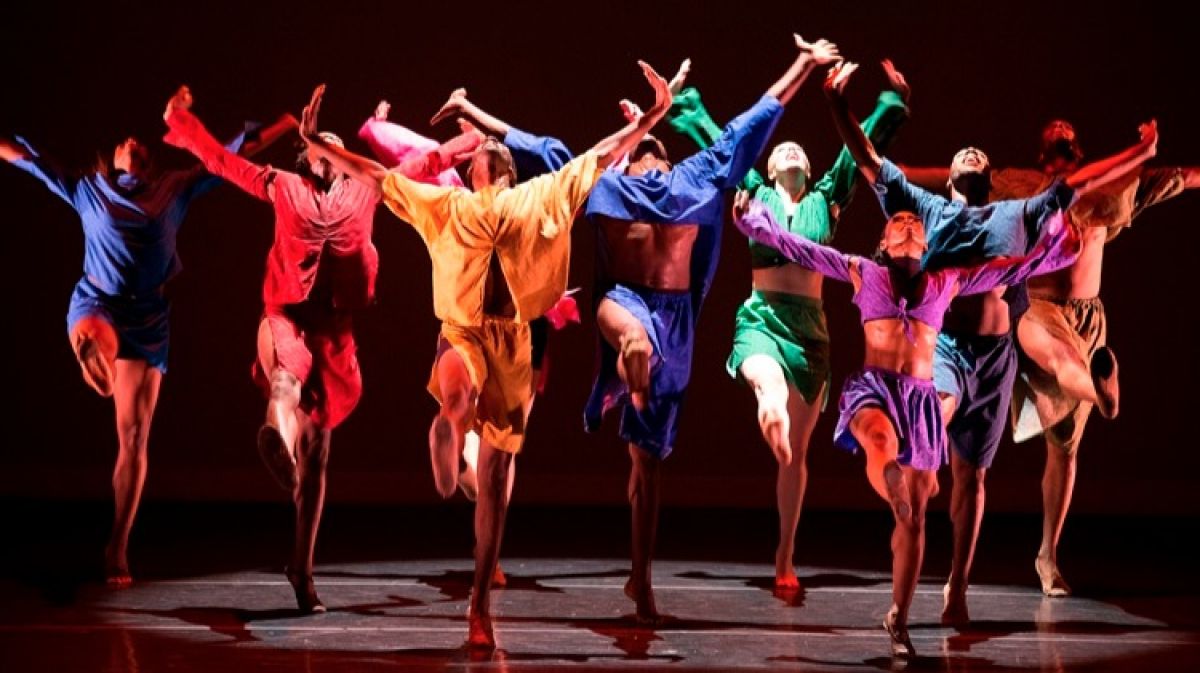
Coming of Age Dance
Initiation into adulthood is symbolized by the performance of this kind of dance. Particularly young dancers who rehearse in solitude for months before they get to appear in front of the community are responsible for performing this dance.
It is regarded as a way to increase the self-assurance of young people and a way to welcome them into a new stage of life.
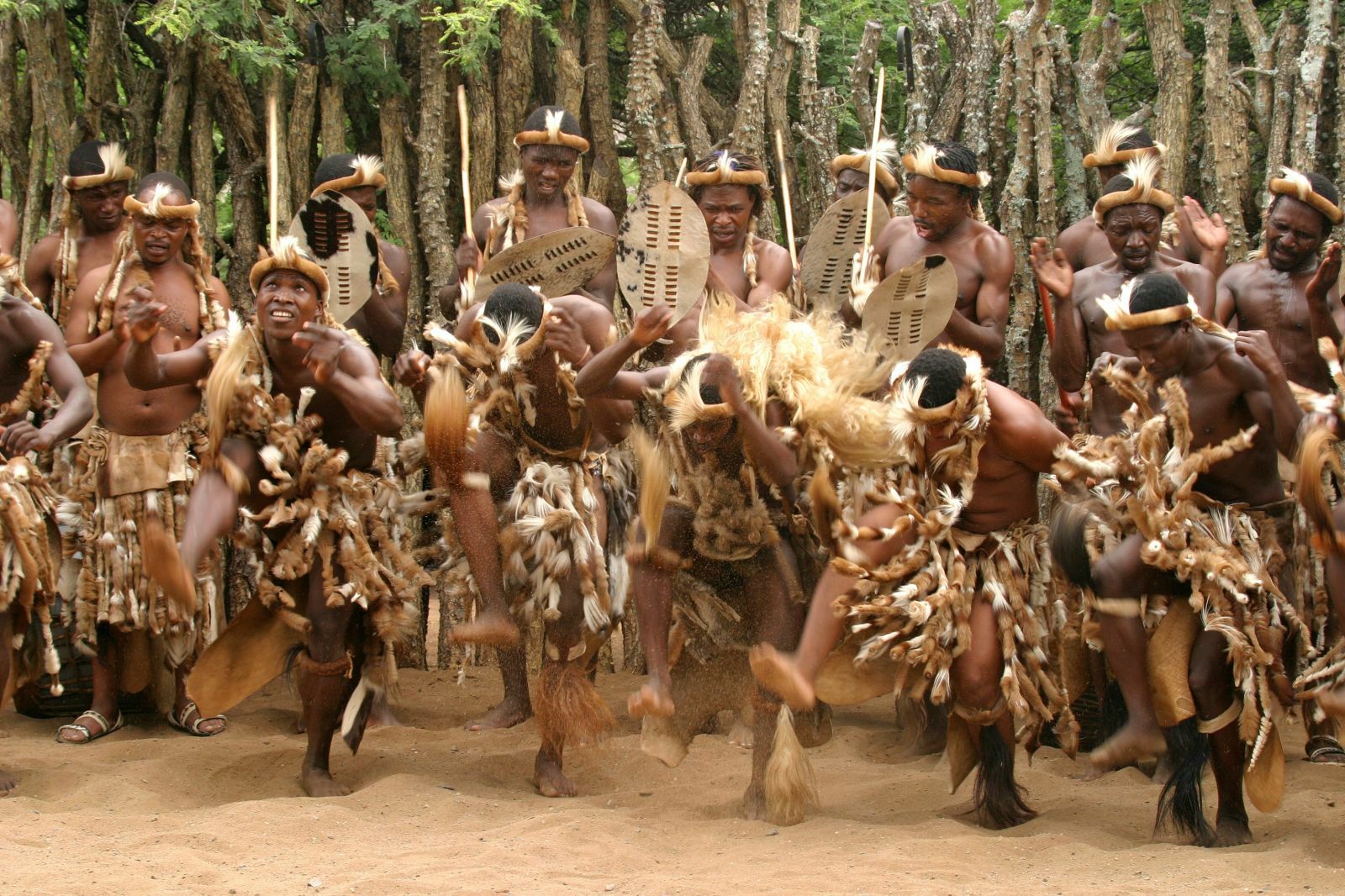
Greeting Dance
In order to welcome and show respect to a visitor, welcome dances are often done. Additionally, it is a means of showcasing to outsiders the abilities and potential of the tribe. One illustration of this style of dance is the Yabara practiced in West Africa. Most often performed by women, it entails throwing the shekere to various heights in the air.
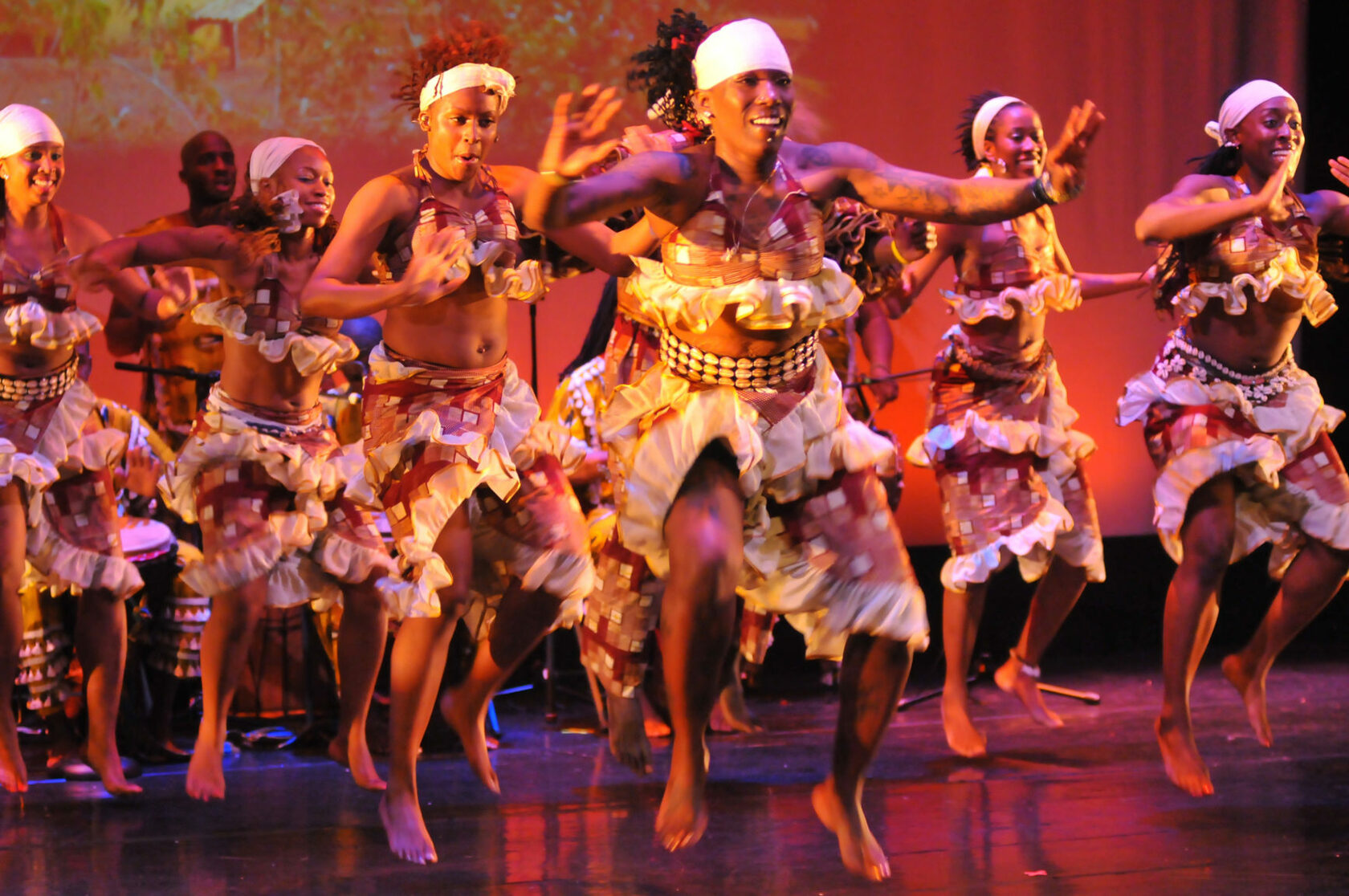
Dance of Love
Following the dances previously stated, this dance whose name speaks for itself depicts love and is performed at celebrations of harmony and love. The performances are saved for weddings, anniversaries, and tribal rites since they are festive in character. On the wedding day, women in Ghana conduct the Nmane in honor of the bride.
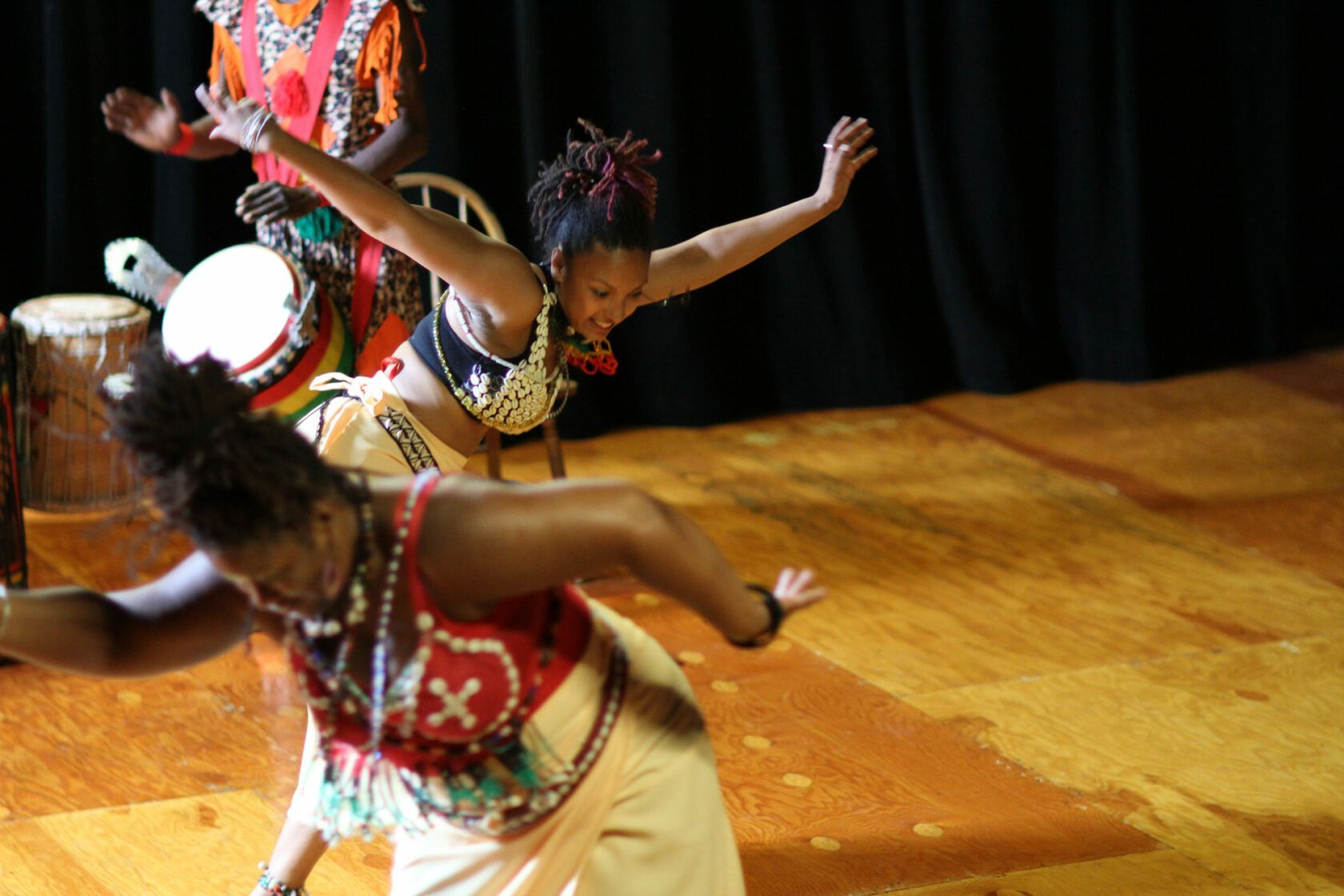
Dance of Summoning and Possession
The most prevalent and well-liked types of African traditional dance are those that include summoning and possession. This dance is performed by the majority of the native tribes in order to "summon a spirit." Numerous tribes worship these "spirits." Some tribes also engage in this style of dance in times of conflict or famine in the hope that it will bring them luck.
credits: Petra Udeh/ToluRock
